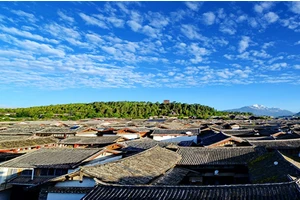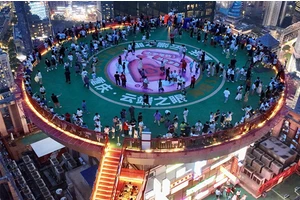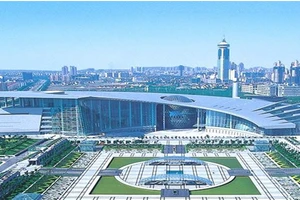Japanese tourist dress
If you visit Japan at the end of January, it is very important to dress appropriately. It is recommended to bring two warm cotton-padded clothes, because there may be a temperature difference on the plane and indoors.
For daily wear, it is appropriate to bring some clothes suitable for autumn. These clothes can provide moderate warmth in Japan's changeable weather.
If you feel cold easily, it is suggested to take some thick sweaters to cope with the cold weather.
4. Please remember that personal needs for warmth may be different, so adjust the number of clothes in your luggage according to your physique.
I hope your trip is pleasant and comfortable, and proper dress will help you enjoy the whole trip.
The requirement of Japanese visa photo is a 2-inch color recent photo on a white background within three months. Japanese visa has very strict requirements on the specifications, background, background color, hairstyle and dress of the characters.
Japanese visa photos require dress:
1. The head is in the center, the portrait is clear and distinct.
2. You must be able to see your eyes clearly and open them. Hair can't cover your eyes. As for glasses, you can wear glasses, but you must be able to see your eyes clearly. Note: lenses cannot be colored; The frame cannot cover any part of the eyes; The lens can't reflect light.
3, you can't bring accessories, you must show your eyebrows and ears, etc., and the photographer will remind you when taking pictures. The color of clothes should be as dark as possible to distinguish it from the background color. There is no requirement for the collar, and the style of clothes is not limited.
Extended data:
Conditions for issuing visas in Japan:
In principle, if a visa applicant meets all the following conditions, a visa will be issued if it meets the requirements.
1. The applicant holds a valid passport and has the right and qualification to re-enter the country of return or residence.
2. The application materials submitted are true and conform to the regulations.
3. The activities or identity, status and length of stay of the applicant in Japan meet the requirements of the Entry-Exit Countries and Refugee Recognition Law (Decree No.319 of 1951, hereinafter referred to as the Entry Law).
4. The applicant does not meet any of the items in Item 1 of Article 5 of the Entry Law.
Note: Item 1 of Article 5 of the Entry Law: Foreigners who meet any of the following conditions are not allowed to enter Japan.
Paragraph 1: Patients (including patients with Class I infectious diseases, Class II infectious diseases or designated infectious diseases specified in the laws on the prevention of infectious diseases and the medical treatment of patients with infectious diseases) and those with new infectious symptoms (only those specified in Article 7 of the law and those specified in Article 19 or 20 of the law);
Paragraph 2: Persons with mental disorders as stipulated in the laws related to mental health care and welfare of persons with mental disorders (Law No.122 of 1950);
Paragraph 3: Poor people, vagrants and other people who may become the burden of local public organizations in their lives;
Paragraph 4: A person who violates the laws of Japan or a country other than Japan and is sentenced to more than one year's imprisonment or imprisonment or a punishment equivalent to these punishments.
Source of reference: Baidu Encyclopedia-Japanese Visa






